Goat farming is a popular and profitable business in Mexico. Goat meat is in high demand, and there is a growing market for goat milk and cheese. Today, globally, there is a need for animal protein products. Goats are a viable option as they can transform feed into high-quality foods. As a result, goats play a major role in Mexico’s agricultural industry, from small family farms to large commercial operations.
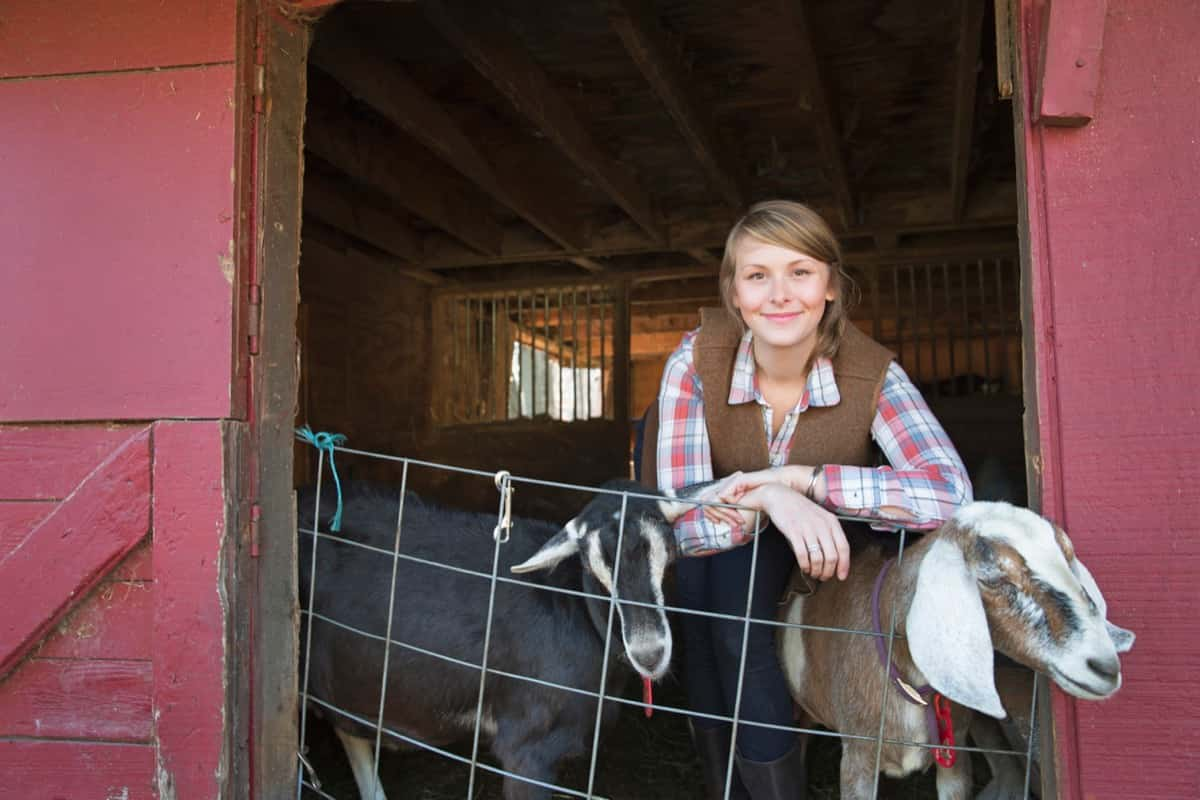
How to start goat farming in Mexico
Is goat farming profitable in Mexico?
Yes, goat farming can be profitable in Mexico. Different factors to consider when determining profitability include the type of goats you plan to raise, the market for goat products in your area, and your production costs. Goat farming can provide economic opportunities for small-scale farmers and rural communities. Goats are relatively easy and inexpensive to care for, making them a good option for small-scale farmers looking to profit from their land. However, to be profitable, you need to keep your production costs low.
One method is to choose a location with good grazing land and plenty of water. You will also need to invest in quality fencing and housing to protect your goats from predators and the elements. Finally, it is important to have a solid marketing plan in place. You need to identify where you will sell your goat meat or milk and what price you will charge. Research and planning can go a long way in making your goat farming business profitable.
How to start a goat farm business in Mexico?
You’ll need to find a good location for your farm. You’ll also need to get the proper permits and licenses from the Mexican government. Finally, you’ll need to purchase some goats and build appropriate shelters. Starting a goat farm in Mexico can be a significant business venture. Goats are very versatile animals and can be used for milk, meat, and fiber production. With proper planning and execution, your goat farm can be successful.
Goat farming areas in Mexico
Mexico’s most popular goat farming areas include Sonora, Chihuahua, Durango, Zacatecas, and Aguascalientes. These states have large expanses of open land where goats can graze. They also have a lot of experience with raising goats. As a result, these states produce most of the goat meat consumed in Mexico.
In case you missed it: How to Start Hydroponic Farming in Mexico: Key Rules, Business Plan, Setup Cost, Profit, and Requirements
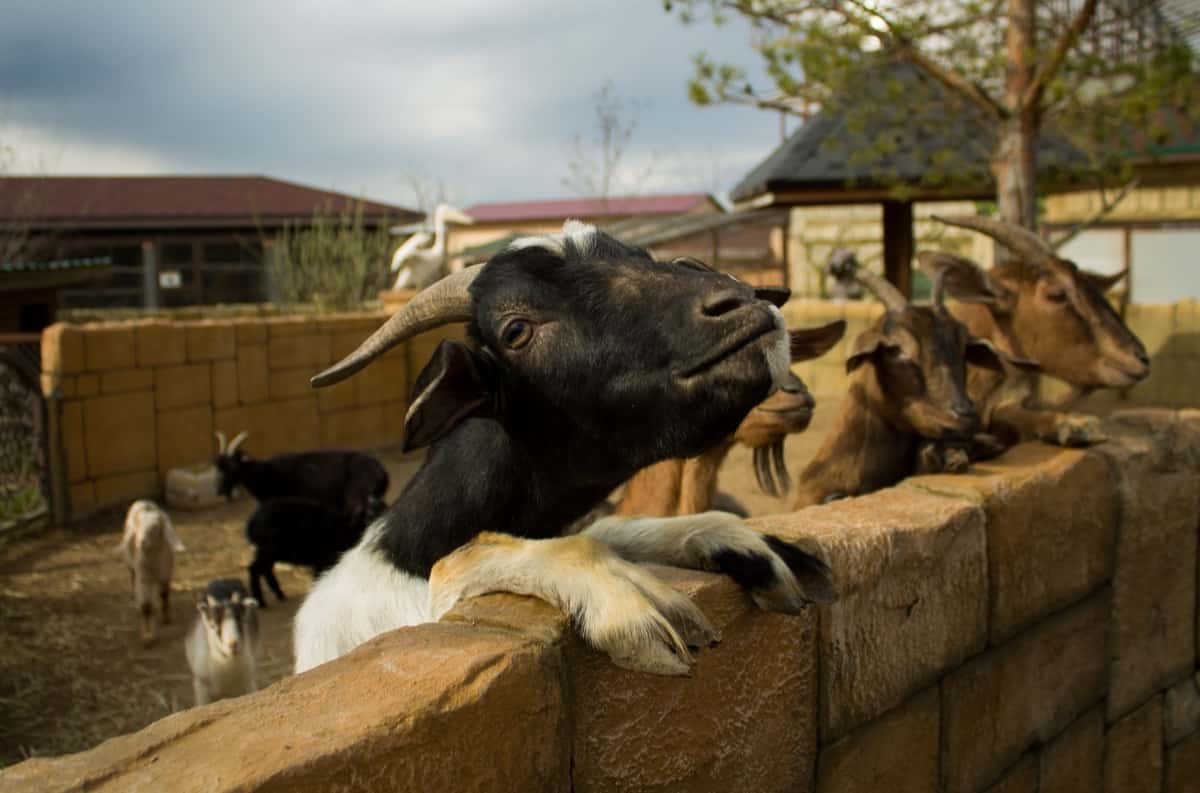
Goat farming in Mexico has grown in popularity recently due to the high demand for goat meat from both Mexican and international markets. Goats are well-suited to many areas of the country and are one of Mexico’s most important farm animals. According to the latest census, there are over 8 million goats in Mexico, making it the second largest goat-producing country after China.
Goat breeds available in Mexico
More than 70% of goats in Mexico are produced under extensive production systems in arid and semi-arid areas, and roughly 25% are produced in intensive or semi-intensive systems. French Alpine, Toggenburg, Boer, and their crosses are the main breeds. Some important breeds are;
- The Alpine is a medium-sized breed that is known for its milk production. They are also hardy and can withstand harsh conditions.
- LaMancha goats are smaller in size but make excellent milkers. They are also very gentle and easy to handle.
- Nubian goats are large and produce a lot of milk. They have long, floppy ears and are considered one of the more exotic breeds.
- Saanen goats are the largest dairy goat breed. They produce a high volume of milk but are also very calm and docile creatures.
Goat feeding management in Mexico
- Make sure goats have access to plenty of fresh water. Goats are thirsty animals and must drink around 4 liters of water daily.
- Supplement their diet with hay or grass pellets. Hay or grass pellets provide additional nutrients that goats need, such as protein and fiber.
- Avoid giving your goats too much grain or concentrates. Too much grain can cause digestive problems in goats and is unnecessary if they get enough browse and hay/grass pellets in their diet.
Goat production systems in Mexico
It can be divided into three major types: extensive, semi-extensive, and intensive. However, small variations within each system can be found depending on the country’s region. For example, 494,000 goat farms and approximately 1.5 million Mexicans are dedicated to goat farming as a complementary productive activity in Mexico.
In case you missed it: How to Start Dairy Farming in Mexico: Breeds, Business Plan, Requirements, Setup Cost, and Profit
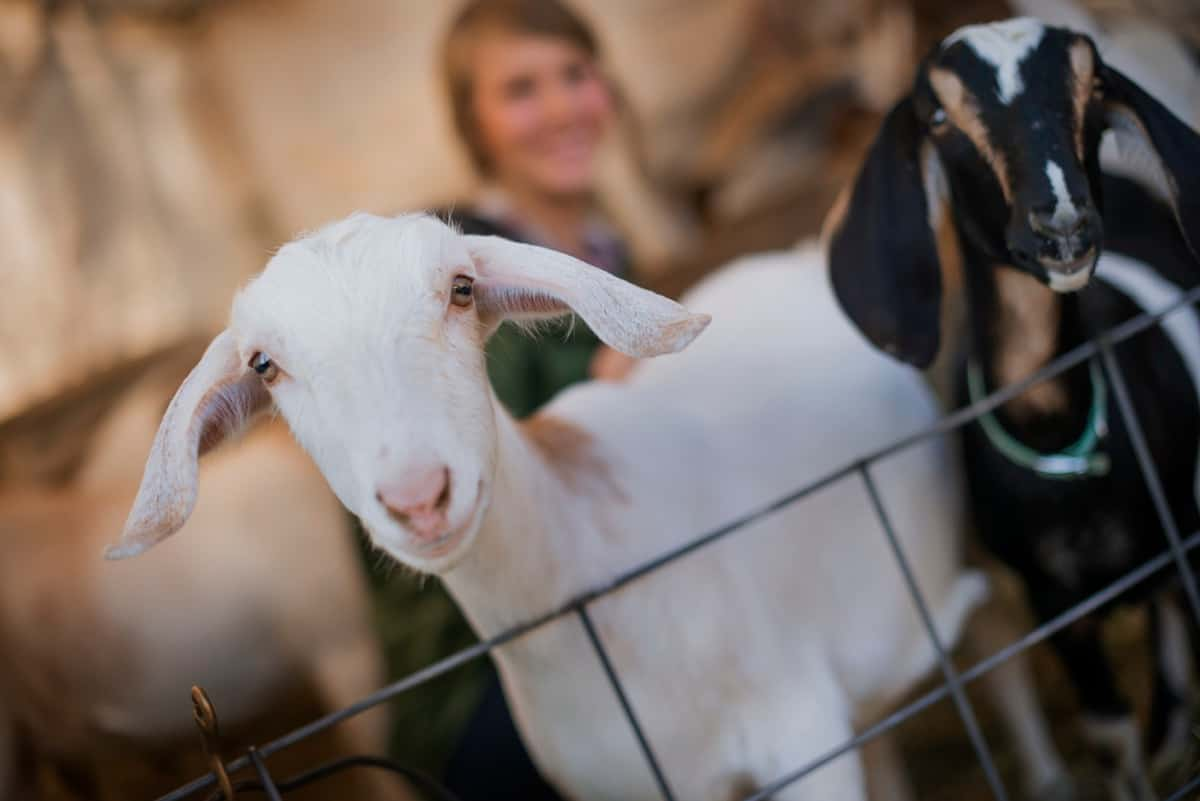
Extensive
The extensive system is Mexico’s most common type of goat farming. In this system, goats can roam freely in large open areas. They typically eat native plants and grasses and may be given supplemental feed. This farming requires very little input from farmers but has low productivity levels.
Most of these correspond to extensive systems widely distributed in arid and semi-arid areas of Mexico. This system is characterized by no or little use of technology and uses large land areas where goats rotationally graze or are reared through transhumance. Under extensive conditions, animals are mostly fed on shrubs and any available forage.
Intensive systems
These are mostly found in the north and central Mexico and goats are bred mainly for milk production and dairy product manufacturing. In this system, there is no grazing, animals receive total mixed diets (forage and concentrate), and farmers have large investments in animal housing and farm infrastructure compared to other systems.
In addition, in this system, farms use technologies for genetic improvement. In intensive systems compared to other systems, regional farmers are well-organized and often receive technical support from veterinary consultants, either through government programs or payment from livestock associations.
Semi-intensive system
The semi-intensive system is a more intensive form of goat farming. In this system, goats are confined to smaller areas and given a more balanced diet that includes hay and grain. This farming requires more input from farmers but has higher productivity levels. It represents a combination of the previous systems, where animals go out to controlled areas for grazing for some hours every day. However, there is a more significant investment in housing in this system compared to the extensive system, and goats receive high-quality forage and concentrate as feed supplementation.
Goat house design in Mexico
In Mexico, many different types of goat houses depend on the climate and terrain. In mountainous regions, goat houses are often built on stilts to protect them from predators and winter weather. However, regardless of climate or terrain, all goat houses in Mexico share some standard features. They are typically small and cramped, with little ventilation or natural light. This is necessary to keep goats warm in the cold winters and cooler in the hot summers. Goat houses also usually have a dirt floor, which helps to keep goats clean and healthy.
In case you missed it: Key Rules to Start Organic Farming in Mexico: Step-By-Step, Business Plan, Certification, Policies, Subsidies, Cost, and Profit
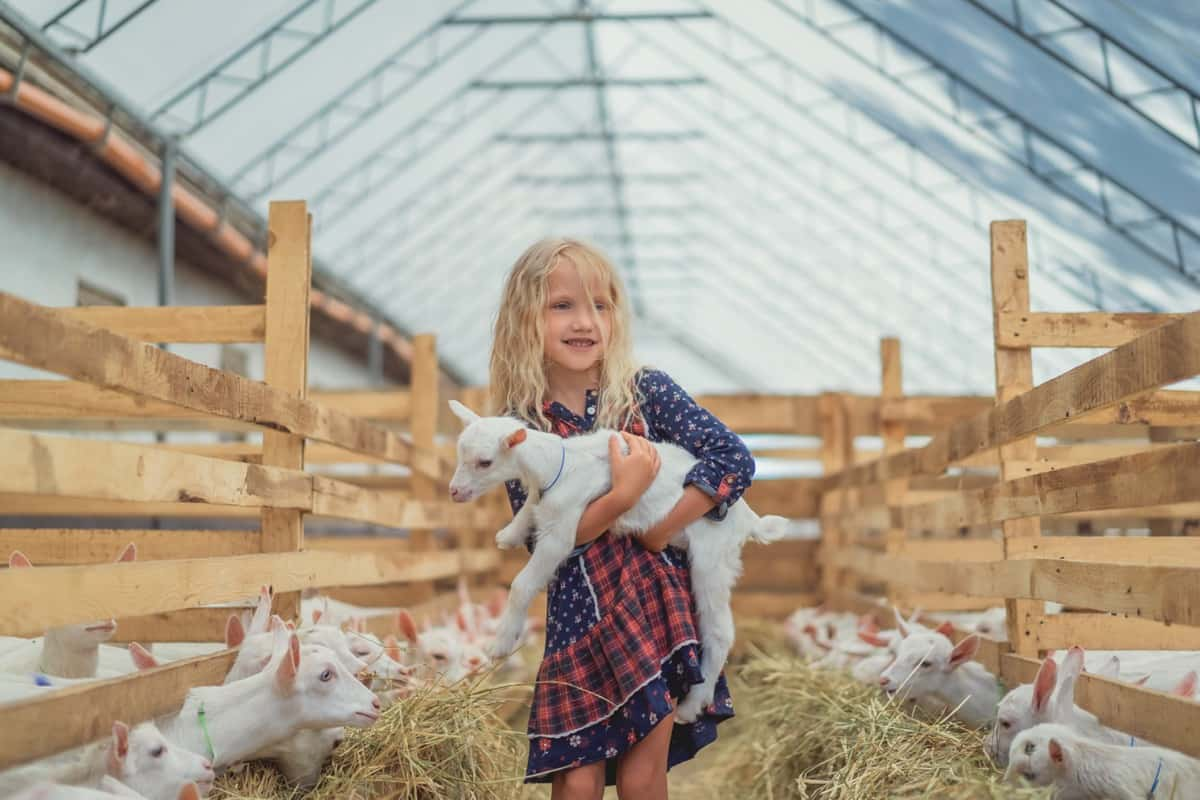
Steps to create a goat farming business plan in Mexico
1. Do your research: Before starting a goat farming business, you must do your homework and learn as much as possible about the farm industry. There are many resources available online and at your local library.
2. Build strong fences: Goats are notorious escape artists, so building solid fencing around your property is important. Use sturdy posts and wire mesh that’s been reinforced with barbed wire.
3. Provide shelter from the sun and rain: Goats need protection from extreme weather conditions, so ensure adequate shelter. Depending on your budget and needs, this can be a simple roofed structure or a more elaborate barn.
4. Get the right breed of goats: Not all goat breeds do well in Mexico’s climate. Some of Mexico’s best choices for goat farming include the Boer goat, Alpine goat, and Saanen goat.
5. Develop a business plan: Once you’ve researched, it’s time to develop a detailed business plan. This should include information on your target market, goat breeds, production costs, and marketing strategy.
6. Choose a suitable location: A vital part of any successful farming operation is choosing the correct location. When selecting a site for your goat farm, consider factors such as climate, pasture quality, and proximity to markets.
7. Build basic infrastructure: Once you’ve chosen a location, you’ll need to put in place the essential infrastructure for your farm. This includes pens or shelters for your goats, fencing, water supplies, and feed storage facilities.
In case you missed it: How to Start Pig Farming in Mexico: Business Plan, Breeds, Setup Cost, Profit, and Requirements
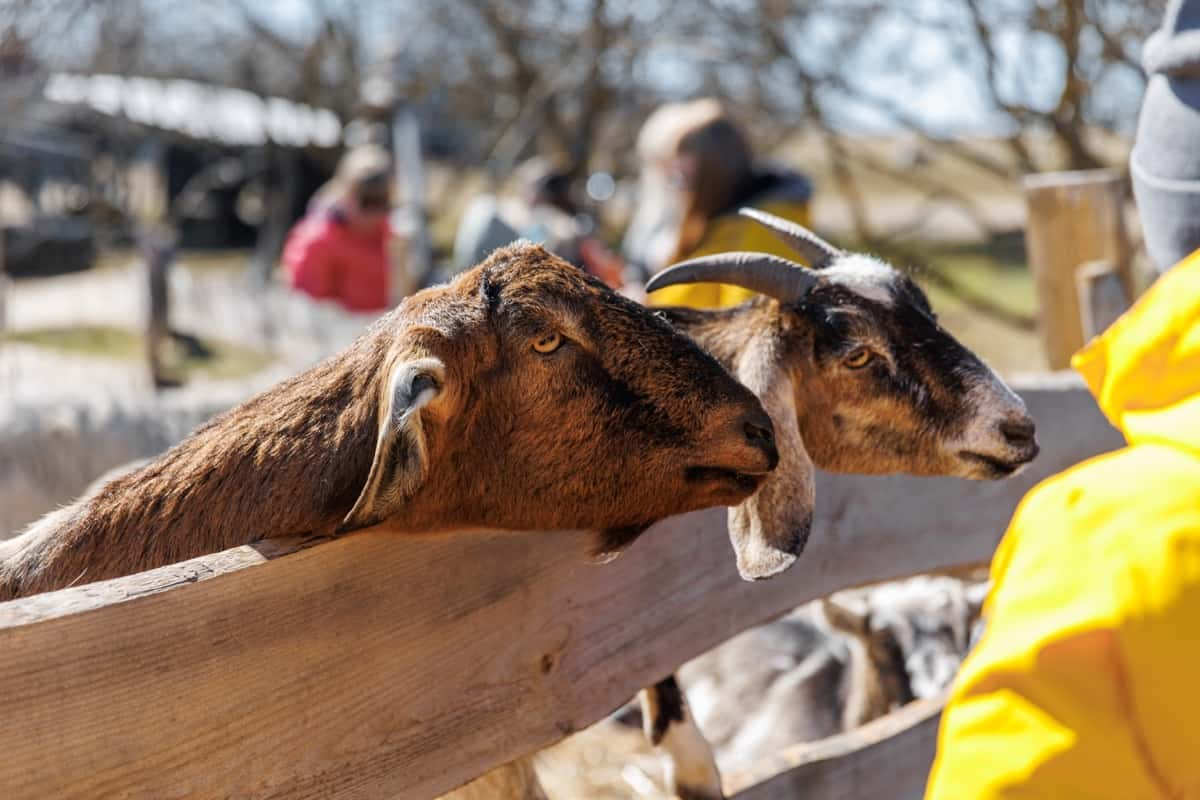
Key rules to start goat farming in Mexico
- You’ll need to obtain a permit from the Mexican government. You’ll also need to find a suitable location for your farm, as goats require plenty of space to roam and graze. Once these basics are sorted out, you can start thinking about breeding and raising your goats.
- If you’re new to goat farming, you must learn as much as possible about your animals’ proper care and management. There are many helpful resources available online and at your local library. With a bit of research, you can be sure that your goats will be healthy and happy on your farm.
- Choose the right type of goats for your climate and terrain. There are different types of goats, so do your research to find the best match for your farm.
- A business plan will help you determine your farm’s start-up costs, operating expenses, and potential profits.
- Find a good location for your farm. Goats need plenty of space to roam, so make sure you have enough land available.
- Build or buy the necessary housing and fencing for your goats. They will need shelter from the sun and predators, so ensure their housing is sturdy and secure.
- Buy healthy goats from a reputable breeder. Please ensure they are up to date on their vaccinations and deworming before bringing them home to your farm.
- Provide adequate food and water for your goats. They should always have access to fresh hay, grass, and water.
- Keep your goats healthy by providing regular veterinary care. This includes routine check-ups, vaccinations, and deworming as needed.
In case you missed it: Key Rules to Start a Greenhouse Farming in Mexico: Business Plan, Setup Cost, Profit, and Management
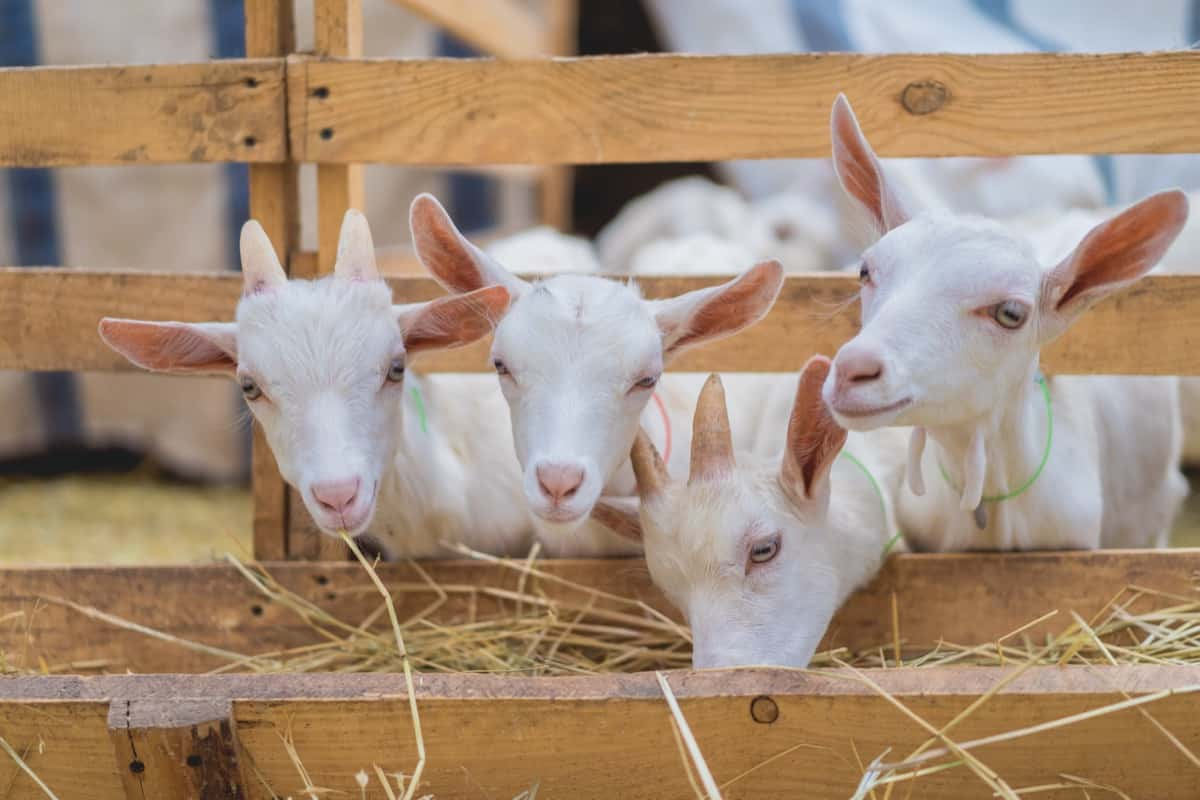
Goat farming loans and subsidies in Mexico
The Mexican government also supports the industry, providing subsidies and other incentives to help farmers expand their operations. With proper management and marketing, goat farming can be extremely lucrative. The Mexican government offers loans and subsidies for goat farmers. These programs are designed to help farmers improve their production and make their businesses more sustainable. The Mexican government offers a variety of loans and subsidies to farmers who wish to start or expand their goat farming operations.
These programs are designed to help farmers access the capital necessary to purchase goats, build pens and shelters, and cover other start-up costs. In addition, the government offers subsidies for feed and veterinary care. The Ministry of Agriculture provides subsidies for goat farmers. These subsidies can buy hay, feed, and other supplies. The subsidy amount depends on the farmer’s number of goats. For example, a farmer with 100 goats could receive a subsidy of $500.
Goat farming problems in Mexico
- Goats are susceptible to several diseases, including caprine arthritis encephalitis, contagious ecthyma, and foot rot.
- Goats are also prone to parasites, both internal and external.
- Goats need access to fresh water and grass, but these resources are scarce in many parts of Mexico. In addition, because they are often kept in close quarters, goats can easily overgraze an area and create environmental problems.
Goat farming challenges in Mexico
- There are several goat farming challenges in Mexico. The first challenge is the climate. The hot, dry climate of Mexico can be tough on goats. They need access to fresh water and shade and be protected from the sun and heat.
- Another challenge is predators. Goats are prey animals, and many predators in Mexico will target them. Coyotes, bobcats, mountain lions, and wild dogs can all threaten goats.
- The third challenge is disease. Many diseases can affect goats, and some of them are specific to Mexico. Pneumonia, for example, is a common problem in Mexican goats. Parasites also thrive in the warm climate of Mexico, and goats can suffer from several different parasite infections.
- Fourth, there is the issue of marketing. Finding buyers for goat meat and milk in Mexico cannot be easy.
Goat farming set up cost in Mexico
The set-up cost for a goat farm in Mexico can vary widely depending on the size and scope of the operation. A goat farm set-up costs around $15,000 to $50,000.
In case you missed it: Mango Farming in Mexico: How to Start, Planting to Harvesting, and Production Guide
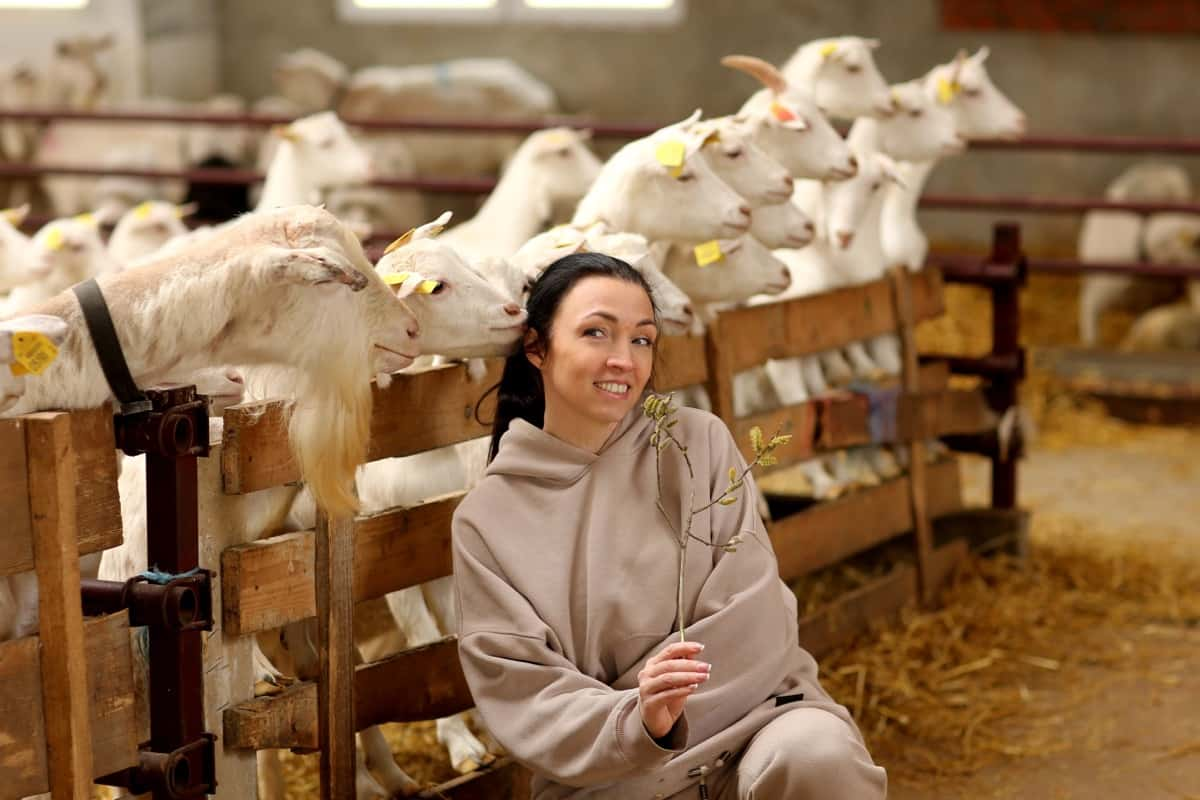
Conclusion
Globally, goat production has played an important role in rural areas. These animals can adapt quickly to different environmental conditions and convert their feed into high-protein food sources such as meat and milk. In Mexico, goats are mainly produced for meat and dairy production. The productive purpose (milk or meat) is found in different production systems, and those vary between geographical areas.
- Types of Pesticides Used in Agriculture: A Beginner’s Guide
- Economical Aquaculture: A Guide to Low-Budget Fish Farming
- 15 Common Planting Errors That Can Doom Your Fruit Trees
- How to Make Houseplants Bushy: Effective Tips and Ideas
- Innovative Strategies for Boosting Coconut Pollination and Yield
- Pollination Strategies for Maximum Pumpkin Yield
- The Complete Guide to Chicken Fattening: Strategies for Maximum Growth
- Natural Solutions for Tulip Problems: 100% Effective Remedies for Leaf and Bulb-Related Issues
- Revolutionizing Citrus Preservation: Towards a Healthier, Greener Future
- Natural Solutions for Peony Leaf and Flower Problems: 100% Effective Remedies
- Maximizing Profits with Avocado Contract Farming in India: A Comprehensive Guide
- Natural Solutions for Hydrangea Problems: 100% Effective Remedies for Leaf and Flowers
- The Ultimate Guide to Choosing the Perfect Foliage Friend: Bringing Life Indoors
- From Sunlight to Sustainability: 15 Ways to Use Solar Technology in Agriculture
- The Ultimate Guide to Dong Tao Chicken: Exploring from History to Raising
- The Eco-Friendly Makeover: How to Convert Your Unused Swimming Pool into a Fish Pond
- Mastering the Art of Delaware Chicken Farming: Essentials for Healthy Backyard Flocks
- 20 Best Homemade Fertilizers for Money Plant: DIY Recipes and Application Methods
- How to Craft a Comprehensive Free-Range Chicken Farming Business Plan
- Brighten Your Flock: Raising Easter Egger Chickens for Beauty and Bounty
- How to Optimize Your Poultry Egg Farm Business Plan with These Strategies
- Subsidy for Spirulina Cultivation: How Indian Government Schemes Encouraging Spirulina Farmers
- Ultimate Guide to Raising Dominique Chickens: Breeding, Feeding, Egg-Production, and Care
- Mastering the Art of Raising Jersey Giant Chickens: Care, Feeding, and More
- Ultimate Guide to Raising Legbar Chickens: Breeding, Farming Practices, Diet, Egg-Production
- How to Raise Welsummer Chickens: A Comprehensive Guide for Beginners
- How to Protect Indoor Plants in Winter: A Comprehensive Guide
- Ultimate Guide to Grow Bag Gardening: Tips, Tricks, and Planting Ideas for Urban Gardeners
- Guide to Lotus Cultivation: How to Propagate, Plant, Grow, Care, Cost, and Profit
- Agriculture Drone Subsidy Scheme: Government Kisan Subsidy, License, and How to Apply Online
- Ultimate Guide to Raising Araucana Chickens: Breed Profile, Farming Economics, Diet, and Care
- Bringing Hydroponics to Classroom: Importance, Benefits of Learning for School Students
- Ultimate Guide to Raising Polish Chickens: Breed Profile, Farming Economics, Diet, and Care
- Ultimate Guide to Raising Australorp Chickens: Profile, Farming Economics, Egg Production, Diet, and Care
- Silkie Chicken Farming: Raising Practices, Varieties, Egg Production, Diet, and Care
- Sussex Chicken Farming: Raising Practices, Varieties, Egg Production, Diet and Care